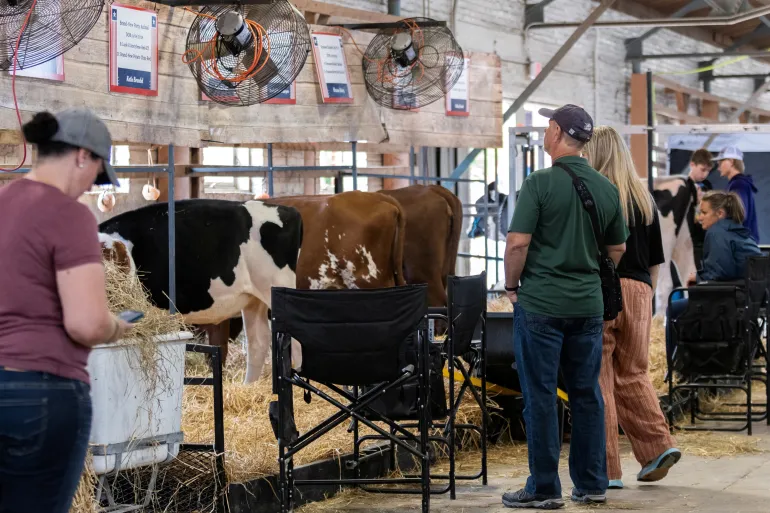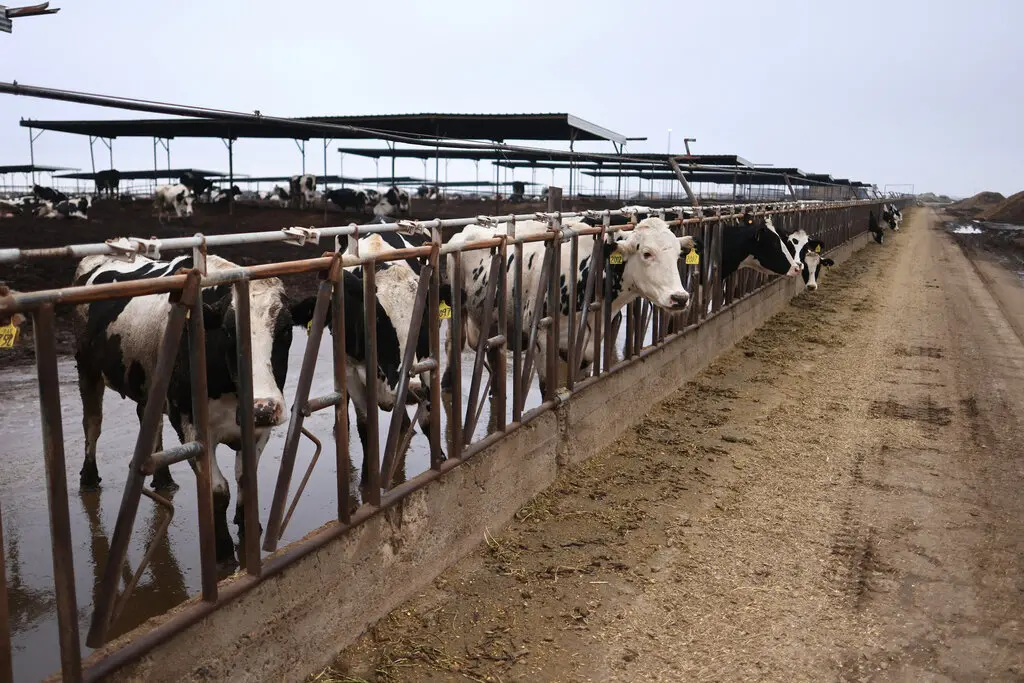In a decisive move to address the escalating bird flu outbreak, California Governor Gavin Newsom declared a state of emergency on Wednesday. The announcement underscores the increasing seriousness of H5N1 infections spreading among dairy cattle and other species.
Table of Contents

First Severe Human Case in the U.S.
Earlier the same day, a Louisiana resident became the first American to suffer severe illness from the bird flu virus. The individual, who had prior exposure to infected backyard poultry, is currently hospitalized in critical condition. The Centers for Disease Control and Prevention (CDC) confirmed this case and stated that investigations into the source of infection are ongoing.
Understanding H5N1 and Its Spread
H5N1, a strain of avian influenza, primarily infects birds but can also affect other animals and humans. Although the virus does not yet spread easily between humans, experts warn that each new infection increases the chances of the virus mutating into a form capable of causing a pandemic.
Dr. Nahid Bhadelia, director of the Boston University Center on Emerging Infectious Diseases, emphasized the growing concern, stating, “All these infections in so many species around us pave a bigger runway for the virus to potentially evolve and transmit between humans.”
Bird Flu in California: A Rapidly Growing Concern

California has become the epicenter of the outbreak among dairy cattle. While the first herds in the U.S. were identified as infected in March, California’s first case emerged in August. Since then:
- 645 dairy herds have tested positive for H5N1, with half of these cases detected in the last 30 days alone.
- Raw milk recalls have been issued for two companies after detecting the virus in samples.
- Human cases in California include a child in Alameda County who tested positive without known exposure to infected animals and another suspected case linked to raw milk consumption.
Emergency Measures and Their Implications
The state of emergency equips California with additional resources to combat the outbreak, including hiring staff, issuing contracts, and enhancing monitoring efforts. Governor Newsom’s statement highlighted the proactive approach: “While the risk to the public remains low, we will continue to take all necessary steps to prevent the spread of this virus.”
Broader U.S. and Global Impact
The bird flu outbreak has impacted multiple states beyond California:
- 16 states have reported infected cattle herds, totaling 865 cases.
- The CDC has confirmed 61 human cases across the country, with 34 occurring in California.
Globally, H5N1 has caused over 860 infections in humans since its discovery nearly three decades ago, resulting in a high fatality rate of 52%.
Key Facts About Bird Flu
Symptoms in Humans
Symptoms of H5N1 include:
- Conjunctivitis (red eyes)
- Fever, cough, and sore throat
- Runny nose and fatigue
- Shortness of breath
- Muscle aches and headaches
Transmission
Humans can contract bird flu through contact with infected birds or animals, particularly via saliva, mucus, or feces. The CDC advises against handling sick or dead birds and recommends personal protective equipment (PPE) when contact is unavoidable.
Food Safety
Properly cooked poultry and pasteurized dairy products remain safe for consumption. However, consuming raw or improperly prepared poultry products poses risks, as evidenced by suspected cases in Southeast Asia.
Mitigation and Future Steps
To prevent further spread, the Agriculture Department has mandated testing of the nation’s milk supply for H5N1. Farmers and processors must now provide samples on request. California’s extensive testing infrastructure leads the nation, reflecting the state’s critical role in supplying 20% of the country’s milk.
Experts, including Dr. Bhadelia, have praised California’s proactive measures, emphasizing that emergency powers will facilitate better coordination and funding. Additionally, vaccine development efforts for both humans and cattle are underway to address the evolving threat of H5N1.
As authorities and health experts monitor the outbreak closely, maintaining vigilance and adherence to safety protocols remain essential to mitigate risks and prevent a potential pandemic.




